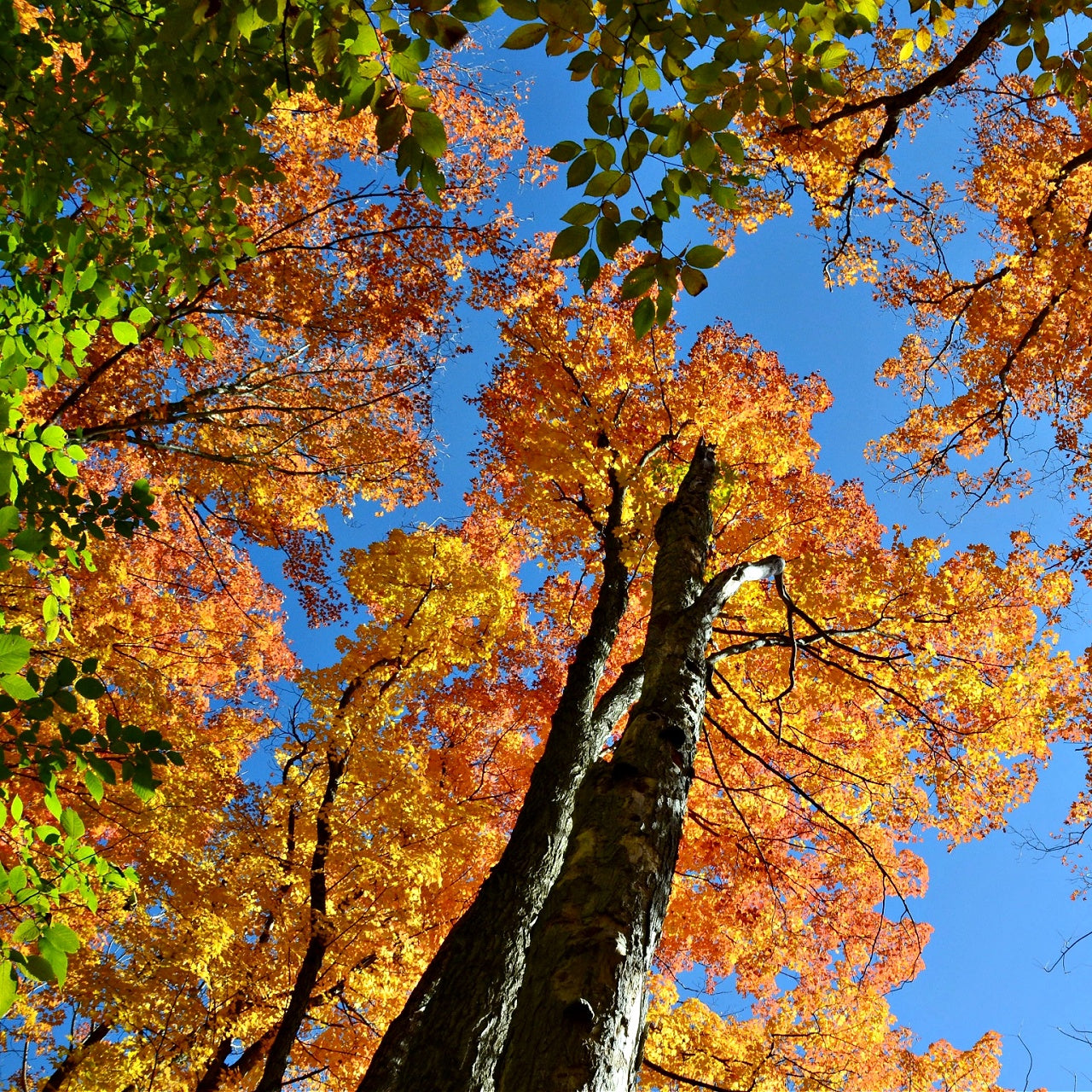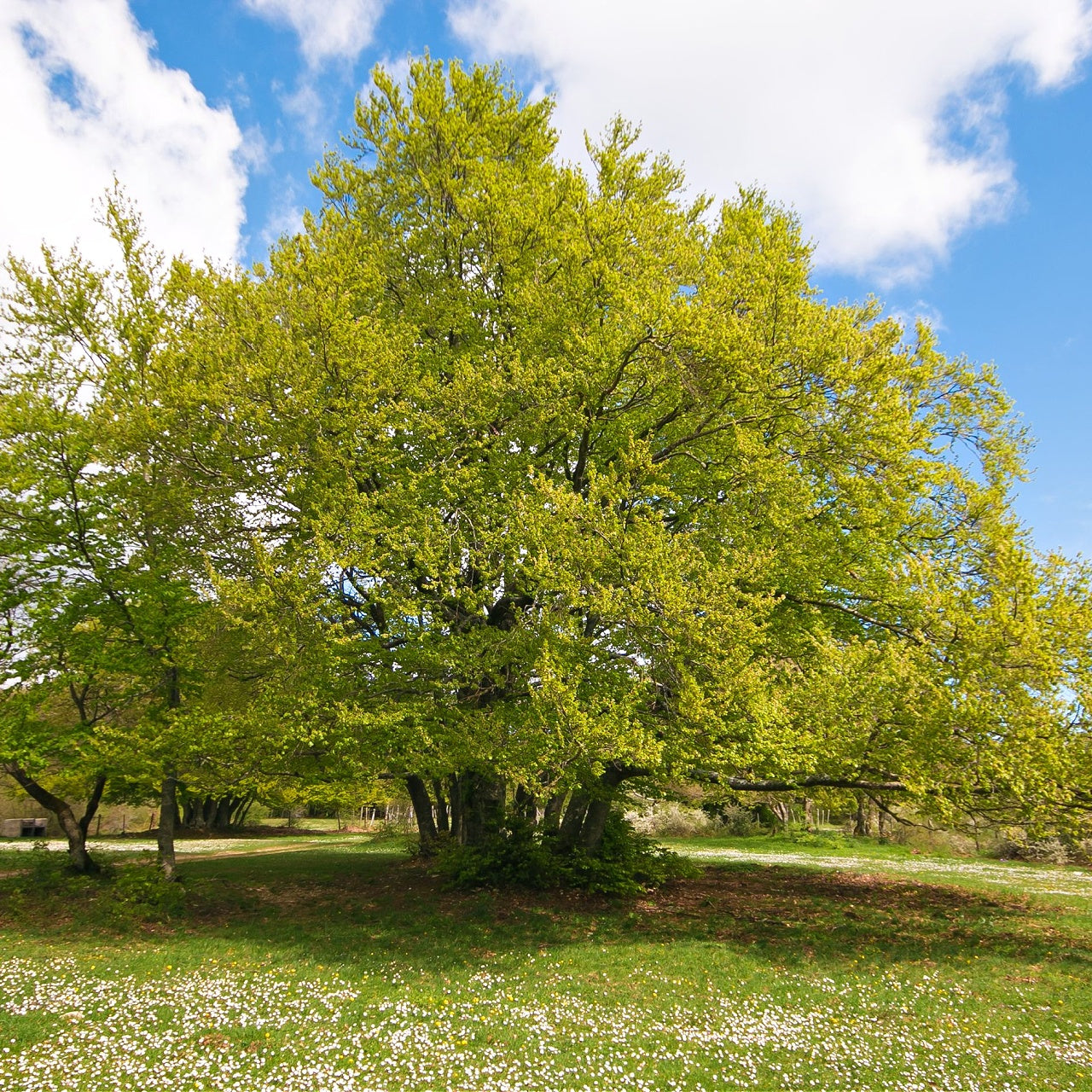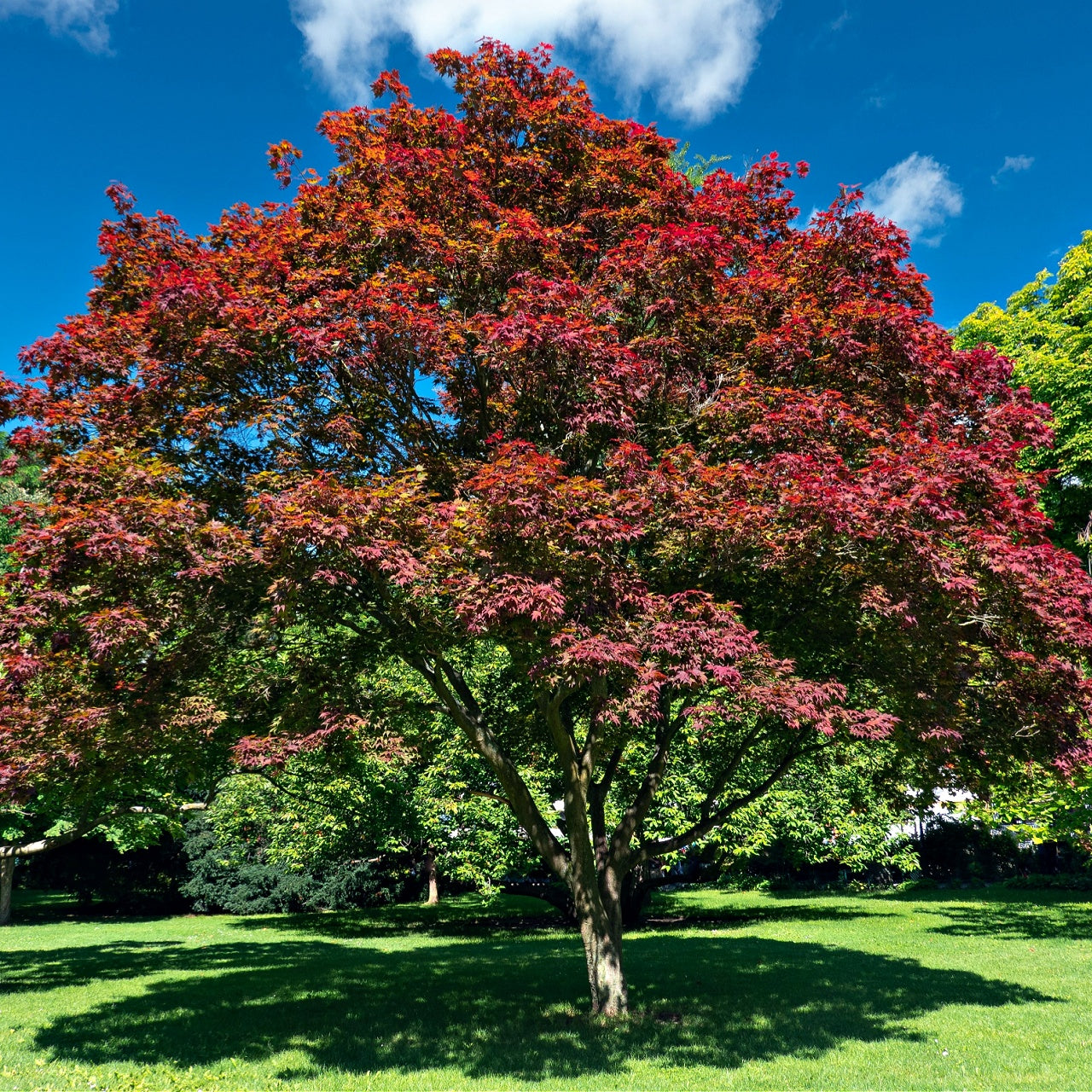
Why Perennial Ryegrass (Lolium perenne) Is a Game-Changer
Why Perennial Ryegrass (Lolium perenne) Is a Game-Changer
The Resilient Beauty of Lolium Perenne
Perennial ryegrass which goes by the scientific name Lolium perenne is now widely appreciated as a dependable cool-season turf grass for various landscapes including both home gardens and business properties. This low-maintenance turf grass stands out to homeowners because of its quick germination time, rich green color and soil-stabilizing roots, while delivering excellent aesthetic and functional qualities.
Perennial ryegrass performs best in areas with moderate temperatures and serves as a popular choice for overseeding southern lawns or as the sole grass selection in cooler regions. Its rapid development leads to a full green carpet in as little as 7–10 days after planting. This type of grass provides quick relief when you face issues with erosion-prone soil and patchy bald areas in your lawn.
The high wear tolerance of this cool-season species makes it an ideal choice for high-traffic spots such as sports fields and dog parks. Perennial ryegrass grows well in environments with dappled sunlight and filtered shade unlike certain grass species that fail to thrive under similar conditions.
Pairing Perennial Ryegrass With Native Plants for a Biodiverse Lawn
Lolium perenne serves as a dependable green lawn foundation yet integrating native plants transforms your space into an environmental haven. Native plants provide support to both pollinators and birds while they reduce the need for fertilizers and herbicides and require less irrigation after they get established. The Wild Blue Phlox (Phlox divaricata) stands as a native plant that performs remarkably when combined with perennial ryegrass. The soft lavender flowers of the wild blue phlox plant provide early spring nectar for native bees while standing out against the dense green blades of perennial ryegrass.
Spikenard (Aralia racemosa) stands as an underappreciated native perennial which produces fragrant white blossoms and late summer berries that serve as bird food. The deep root system beneath ryegrass breaks up compacted soils which leads to improved water infiltration and drainage.
Do you seek ground cover options that maintain lawn functionality while adding visual appeal? The eastern U.S. native ground covers Green and Gold (Chrysogonum virginianum) flourishes in the same conditions as perennial ryegrass. This plant produces dense formations of golden-yellow flowers that resemble daisies and thrives in partial shade which makes it ideal for the space between turf and forested areas.
When you combine native perennials with Lolium perenne you generate a habitat that extends beyond a standard lawn.
Why Lolium Perenne Is a Smart Choice
Sustainable landscaping stands as an essential practice in our current era of water shortages and climate change. Lolium perenne requires minimal water after establishment and functions as a natural erosion control plant, making it ideal for eco-conscious yards. The plant's fibrous roots bind soil particles together which helps to lessen runoff when rain pours heavily and stops sediment from entering nearby waterways.
Gardeners across most regions of the United States can grow this species alongside native plants without the risk of it becoming invasive. The plant's lack of rhizome production results in a contained growth pattern which makes it manageable unlike aggressive plant species that need harsh herbicides for control.
Boost your lawn's eco-friendly rating by adding native nitrogen-fixing plants such as Partridge Pea (Chamaecrista fasciculata). Perennial ryegrass benefits from seasonal transitions when partnered with this warm-season annual that enriches soil in a natural manner. The reduction of synthetic fertilizer needs over time helps to protect nearby streams and wildlife.
A mowed height of 2.5 to 3 inches lets perennial ryegrass provide a polished appearance that accommodates small wildflowers and plants that support pollinators. The dense, upright growth pattern of perennial ryegrass naturally prevents weeds from growing which enables gardeners to decrease their dependence on chemical weed control.
Your landscape plan should include Lolium perenne when you aim for an attractive yard that supports ecological values. The combined traits of resilience and adaptability along with rapid germination qualify this grass as the top choice for residential lawns while integration with native plants Spikenard, Wild Blue Phlox and Partridge Pea contributes to enhanced biodiversity.
Perennial ryegrass delivers an optimal combination of beauty and utility for those who garden actively or seek a low-maintenance lawn that benefits pollinators.






